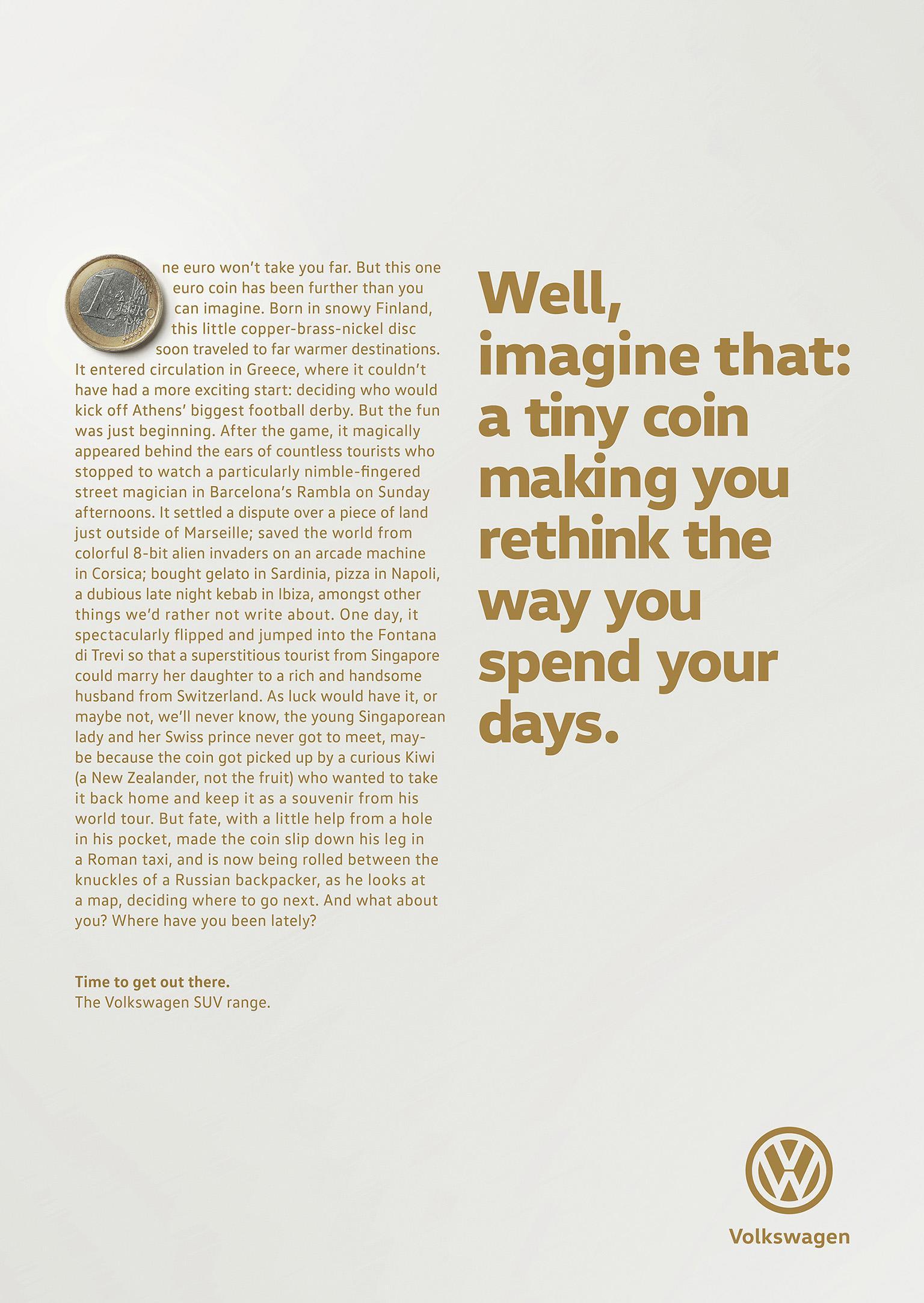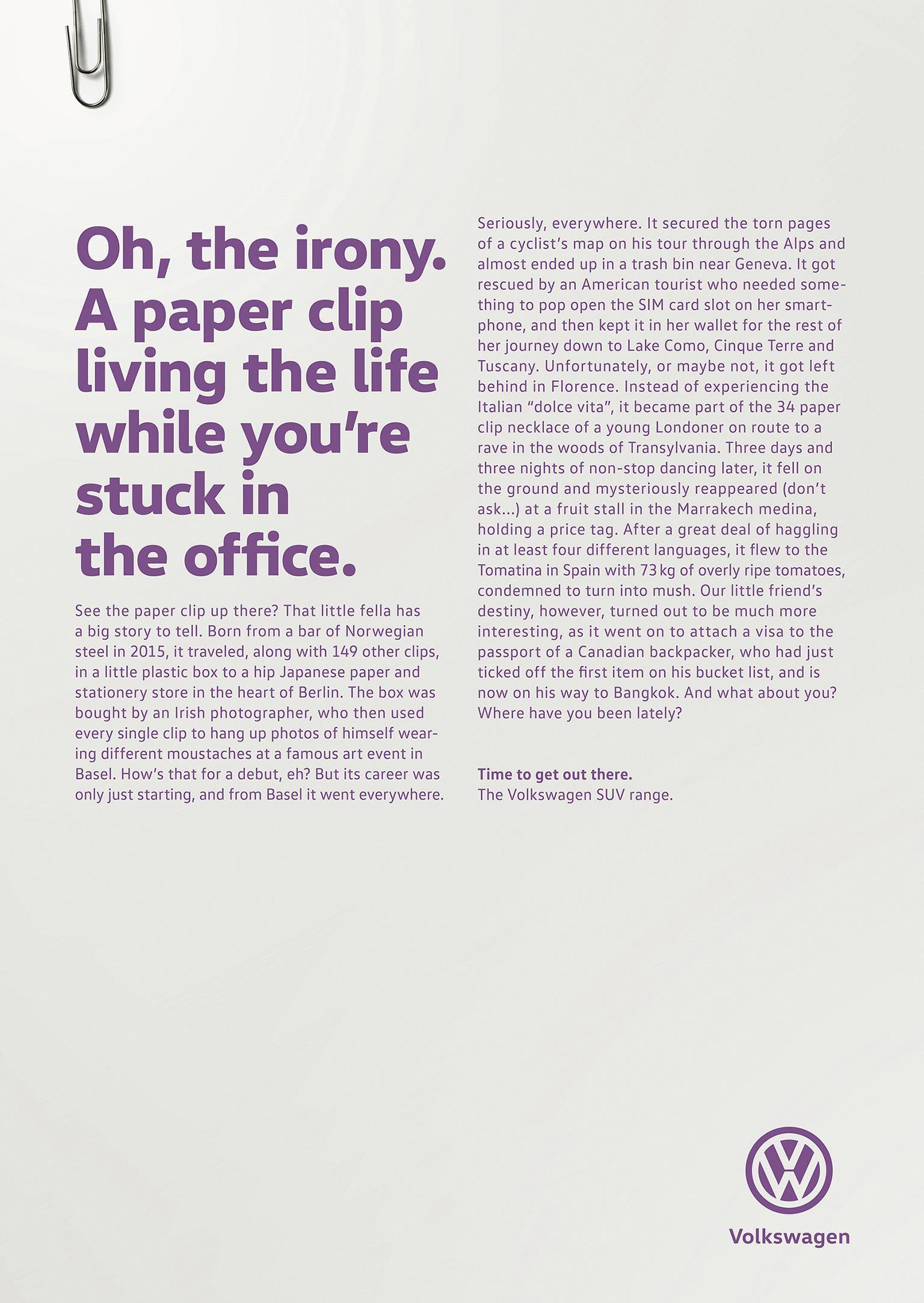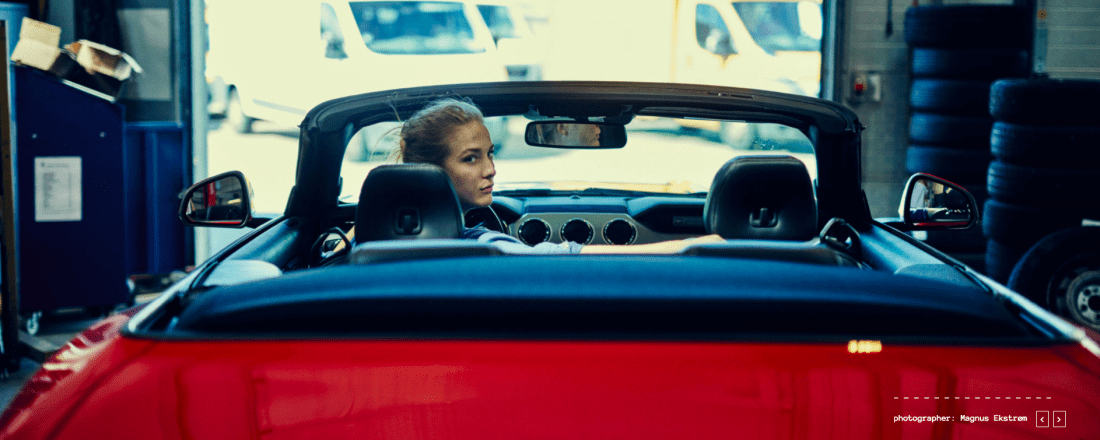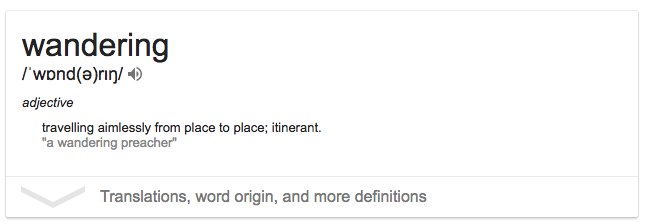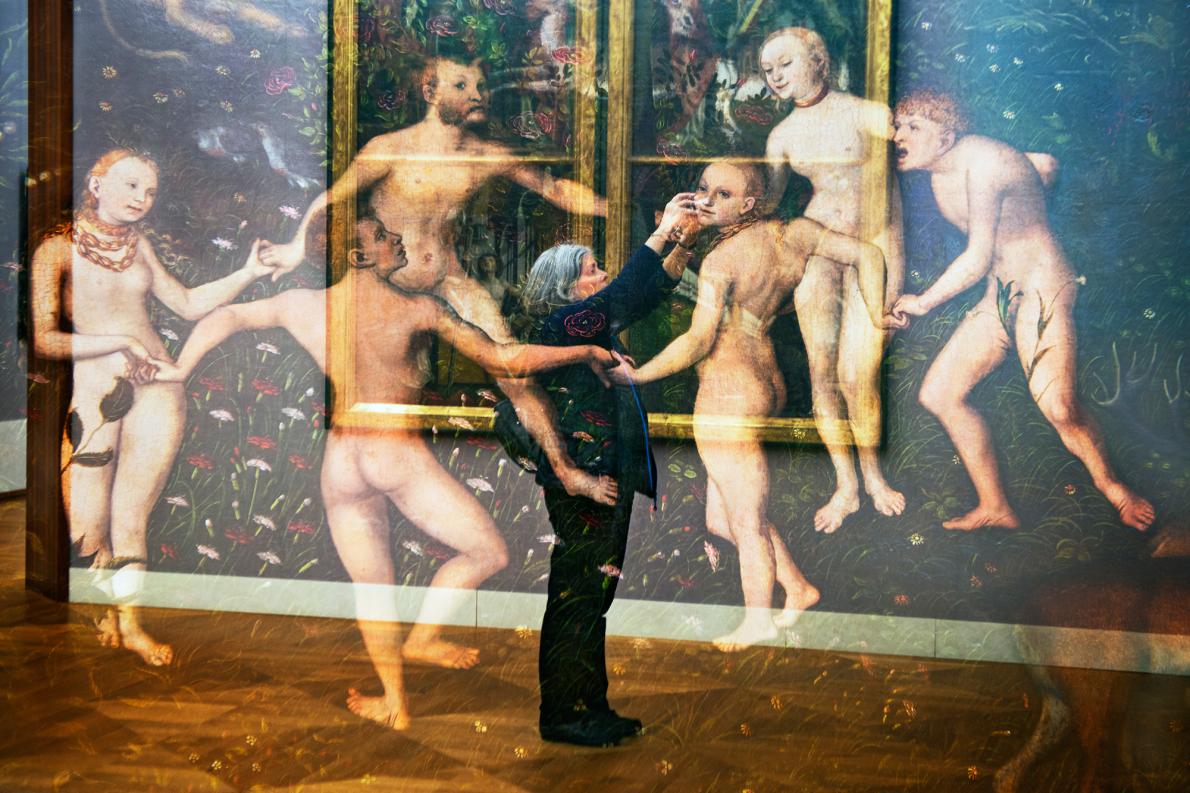Quick Read: Motion blur in animation, the current pandemic times and quadratic voting systems have one thing in common – they magnify and normalise that moment in time/space/perspective that’s neither ‘here’ nor ‘there’. And that could have its own benefits.
Motion blur is an interesting concept in animation.
In fact it’s a unique technical challenge that consumed Ed Catmull and his team during his early days leading to Pixar Animation. Quoting from his book Creativity, Inc.
“Another technical challenge that occupied us was the need for something called motion blur. With animation in general and computer animation in particular, the images created are in perfect focus. That may sound like a good thing, but in fact, human beings react negatively to it.
When moving objects are in perfect focus, theatregoers experience an unpleasant, strobe-like sensation, which they describe as “jerky.” When watching live-action movies, we don’t perceive this problem because traditional film cameras capture a slight blur in the direction an object is moving. The blur keeps our brains from noticing the sharp edges, and our brains regard this blur as natural. Without motion blur, our brains think something is wrong. So the question for us was how to simulate the blur for animation. If the human eye couldn’t accept computer animation, the field would have no future.“
-From Creativity, Inc. by Ed Catmull
Today, motion blur has its own place in the craft of visual expression across still photography, film making, animation and video games.

Without that, we’d have no way to capture and process the concept of ‘something being in a state of motion’ – that state of being neither here nor there, that state of ‘in-betweenness’.
At its purest, motion blur could be said to be the visual expression of an abstract concept called ‘liminality’.
What is liminality?
In anthropology, liminality is the quality of ambiguity or disorientation that occurs in the middle stage of a rite of passage, when participants no longer hold their pre-ritual status but have not yet begun the transition to the status they will hold when the rite is complete. (wikipedia)
Evidently when liminality as a concept was first developed, it was more in the anthropological contexts of rites and rituals. But today, the usage of the term has broadened to describe socio, political and cultural changes across contexts. Sample this, again from Wikipedia..
During liminal periods of all kinds, social hierarchies may be reversed or temporarily dissolved, continuity of tradition may become uncertain, and future outcomes once taken for granted may be thrown into doubt. The dissolution of order during liminality creates a fluid, malleable situation that enables new institutions and customs to become established.
Reminds you of something?
To be in today’s pandemic crisis is to be betwixt and between. Our conception of space and time is unmoored from the conventional constructs of ‘home’ and ‘work’.
What does this liminality mean to our individual and collective consciousness? How does this change our relationships with institutions – our offices, schools, places of worship? How does this redefine our notions around concepts like commute, entertainment, socialising? Who knows?
But at least these liminal times are forcing us to question our deeply held assumptions and mental models and be a bit more tolerant to well considered alternatives while arming us with a better compass to help navigate our complex world.
In fact, I tend to wonder if the current Covid times and the recent mass mobilisations in support of movements like Black Lives Matter have a good degree of causality associated with them. Which leads me to..
Liminal Thinking
It might be instructive to take a closer look at the word liminal. It’s a derivative of a Latin root that means threshold – which literally means doorway. Seen with that lens, a threshold is essentially a boundary that marks a point of transition between one state and another.
How do you then find, create and use ‘thresholds’ to create change that matters? How do you deliberately create those opportunities to make a transition from one world view to that of another? What is obvious to you that is not so obvious to someone else? And how do you recognise that?
Liminal Thinking is Dave Gray’s answer to this question through his book by the same name. A quick whiteboard version of his book here.
Our world today, a boiling pot of divisions and polarisations could perhaps do with a dose of liminal thinking so we seek out and normalise that middle ground versus prying it out of shape and character in an attempt to take one side or the other.
And speaking of polarisation
One just needs to look at the democratic politics today to see that one of its key problems is the lack of a middle ground. The result: political polarisation and amplification of extreme views. Now juxtapose that with another key element of our reality – that while we may seem more divided than ever before, many people on all sides of the political spectrum care about the same handful of issues — education, healthcare, pensions, and etc.
So how do we make a provision for the expression and capture of a more nuanced voting preference in a participatory democracy.
One potential answer: quadratic voting. Unlike a binary “yes” or “no” vote for or against one thing, quadratic voting allows a large group of people to to express the degree of their preferences, rather than just the direction of their preferences through a decentralised voting system.
In fact, the Colorado’s legislature has successfully become one of the first test cases for quadratic voting in the public policy realm. This is the remarkable story of how it deployed Quadratic Voting to normalise the middle ground (vs amplifying the bi-partisan extremes) and how it managed to get a ‘better signal with less noise’.

So there we have it, while we see ourselves stuck in an unfavourable state of liminality in the current times, sometimes it is these very liminal spaces that could potentially make allowances for solutions that magnify and normalise perspectives that are unfettered by extreme/bi-partisan imperatives.
And just sometimes it might mean that we become a bit more tolerant, a bit more inclusive in our beliefs and a bit more optimistic as we hope to see our world become a better place.
Noteworthy ingredients – that may or may not have gone into the making of this post:
- [Music]: Rainy Night Coffee Shop Ambience with Relaxing Jazz Music
- [Did you know]: 4K TVs reduce motion blur and Tom Cruise hates it
- [Book]: Creativity, Inc. by Ed Catmull (highly recommended!)
- [Blog]: Ribbonfarm
- [Person]: Venkatesh Rao and his interesting book project
- [Research Paper]: Liminoid Advertising and Consumer Identity
- [Research Paper]: Quadratic Voting by Steven P. Lalley, E. Glen Weyl
- [Article]: How digital tools can bolster democracy
[Featured Image: Motion Blur expressed through Still Photography, Source: BGU]
















